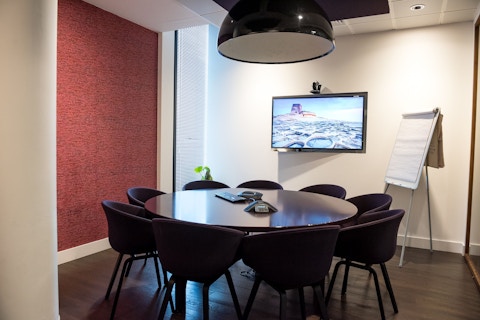More About This Show
The Smarter Building Materials Marketing podcast helps industry professionals find better ways to grow leads, sales and outperform the competition. It’s designed to give insight on how to create a results-driven digital marketing strategy for companies of any size.
In this episode, Zach and Beth talk to Michael Ermann, a professor of architecture at Virginia Tech, about how to get an architect’s attention and how to make sure they remember you when it’s time to build the specification.

Understand Your Audience
Regardless of whether you’re trying to educate students or an architecture firm, Michael’s two best tips are to avoid cliches and understand where your audience is at. While speaking to students may not always seem to have an immediate payback, we often see that the brands students become familiar with in school are the ones they continue to use in their professional lives.
Regardless, no audience, whether they’re students or professionals, wants to feel patronized, but you’ll lose them just as quickly by delivering content that is either above or below their needs or understanding. There’s no point in talking about how to specify your product if your audience doesn’t have a say in what goes in the spec (or in the case of students, even know how to spec yet).
The key is always to focus on education rather than going straight to sales. However, it’s not always that simple. In a typical architectural firm, you have two different groups—those who need continuing education credits to maintain licensing and those who aren’t yet licensed but need content for their licensure exam.
In a standard lunch and learn, the second group can be harder to reach because the information they need may not always be immediately available in a standard sales presentation. But by focusing on education, rather than sales, you build trust and a relationship that keeps that part of your audience coming back to you in the future.
Hidden Challenges

We asked Michael what he sees as being some of the challenges facing architects that manufacturers might not know about.
His first response was to be aware of how busy everyone is. If you’re invited in to give a presentation or a lunch and learn, you want to deliver high-quality content that makes people feel like they’ve used their time well.
Second, remember the client is now a big part of the specification process. This means the manufacturer has more people to get in front of, which can make things harder and easier. For instance, if you can’t get in to see an architect right way, maybe seeing the client will deliver benefits instead.
And remember that education happens before specification. If you’ve been able to build some face-time and provide value through education to the architect, they’re more likely to remember you and trust you, than if you come in to give a pitch right before the spec is prepared.
But How Do You Get In Front of Architects?
Apart from scheduling educational sessions and meetings, send your technical experts where the architects are going to be. Send them to conferences to learn. Architects see which manufacturers have a commitment to learning and go to them. By being visible at these events, you can create a point of differentiation from your competitors and foster relationships with client prospects.
Architects Are Special
Michael sees architects as being driven by the building, rather than profitability or career advancement. This is an advantage but also a chief criticism from clients because architects often focus on doing what’s right for the building over what the client thinks they want or need.
The upside is that architects are viewed as being ethical and are trusted. They’re seen as being dedicated to their role and their career but often have limited extrinsic rewards. If you can speak to architects on that level, you build a foundation to become a trusted partner.
Zoom Is for Losers

From an educational standpoint, Zoom is for losers. According to Michael, what you ask a group to do is much more important than what you tell a group they should know. Instead of popping up a powerpoint, let people handle your product or interact in some way.
So often, someone delivering a presentation gets too focused on the content they need to get through, rather than on what people will remember.
Making content remote means you talk to the screen. You need to be able to engage people and connect with them by being a human being. Remember, the content is always available in the library. A presenter’s job is to help people remember it, and that’s hard to do remotely.
Teaching Architects

So many of Michael’s tips apply to more than just architects. He says we’re evolved to remember things with narrative. If you want ownership of content and long-term recall, a story is a great way to do it. Start your presentation with a story, rather than ending one, to build recall and engage your audience quickly.
And while it’s tempting to send your most senior and experienced subject matter expert, they may not necessarily be your best teacher. There is a lingo for architects, so if you can, have an architect teach architects. If you can find someone who knows the architect’s lingo, they can become your best teacher, even with less experience than your senior experts.
Finally, Michael says to take all the words off your powerpoint slides. Leave the images on, and a minimum number of words if you must. Architects are visual people, even more than most people are. With less text on a slide, they are more likely to listen to you and remember what you have to say, instead of reading bullet points they won’t retain.
Got a Question?
Get in touch with Micahel on YouTube or email. You can also learn more about his book, Architectural Acoustics Illustrated, here and learn more about his ARE exam help, Amber Book, here.
If you have questions about how to get and keep an architect’s attention, let us know! Shoot us an email at [email protected] with all of your questions.








